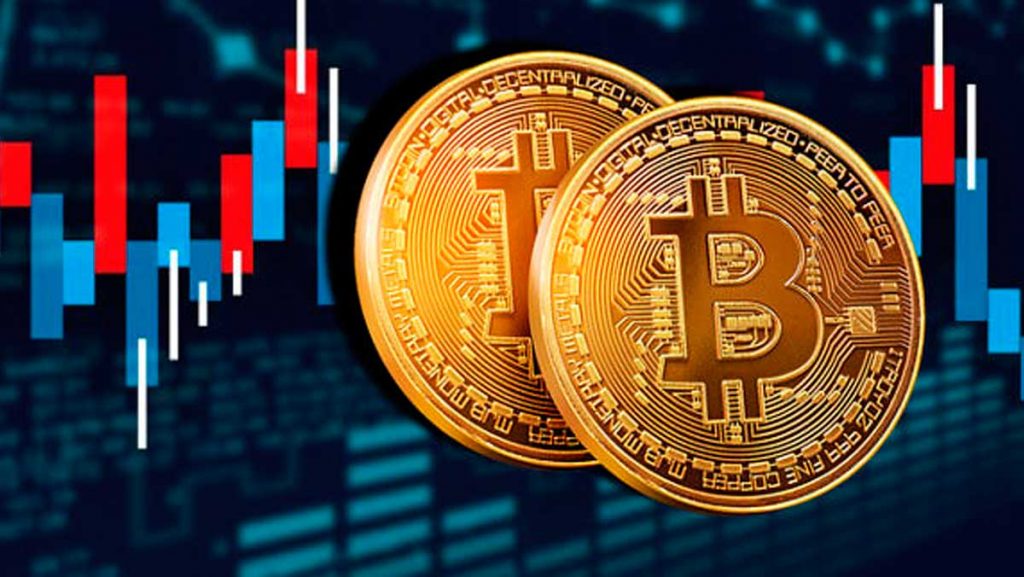Graphics Processing Units, or GPUs, are the unsung heroes in the intricate process of Bitcoin mining. These powerhouse components are favored for their computational prowess, vital in handling the complex algorithmic mazes that form the backbone of cryptocurrency mining. As the digital gold rush escalates, miners arm themselves with GPUs to decrypt the cryptographic conundrums presented by Bitcoin’s proof-of-work system, effectively racing to solve these puzzles and reap the rewards of new Bitcoin and transaction fees. Their ability to perform parallel operations makes GPUs particularly adept for this task, consistently outperforming their more general-purpose CPU counterparts and proving to be an indispensable tool in a miner’s arsenal.
Speed and Efficiency: the Mining Performance Edge
In the world of Bitcoin mining, a moment can be the difference between profit and loss. Graphics processing units (GPUs) serve as the fleet-footed racers of the digital gold rush. Equipped with thousands of cores, they tackle the complex mathematical equations at breakneck speeds. This is not merely about outpacing competitors; it’s about creating a symphony of processing power that can decrypt blocks faster than a high-speed chase, translating into an increased chance of earning Bitcoin rewards.
Efficiency, on the other hand, is the measure of power beyond sheer velocity. While speed means finishing the race, efficiency ensures you’ve got enough fuel to run the next one. A GPU’s architecture is fine-tuned to be energy efficient, which is crucial when the electricity bill can eat into your earnings. A balance between the horsepower of speed and the sustainability of efficiency is what defines the success of a mining operation, turning the complex cryptographic puzzles into solved equations with fiscal grace.
Breaking down the Cryptographic Challenges
At the heart of Bitcoin mining lies the need to solve complex mathematical puzzles, a task that demands immense computational power and precision. Graphics cards, with their ability to execute thousands of operations simultaneously, excel in hashing algorithms, making them essential tools for anyone delving into the cryptographic labyrinth where new blocks are discovered, and mining rewards are earned. Their advanced processing capabilities are tailored to meet these numerical challenges head-on, enabling miners to maintain the blockchain’s integrity while searching for that digital gold.
Energy Consumption: Balancing Costs and Outputs
Within the pulsating heart of Bitcoin mining, where every hash counts, the relentless quest for power optimization is paramount. The robust appetite of GPUs for energy can tip the scales of profitability, impelling miners to meticulously analyze the trade-offs between electricity consumption and the precious currency it yields. Seasoned miners engage in a delicate dance, calibrating their rigs to maximize yield while minimizing power draw, ensuring the light that shines from their endeavors is not dimmed by the shadow of exorbitant energy bills.
Cloud Mining: an Alternative to Hardware Investment
Embarking on a Bitcoin mining venture traditionally requires hefty initial hardware outlays, casting a financial shadow for independent miners. However, the emergence of cloud mining has ushered in a paradigm where individuals can partake in the mining process without the cumbersome overhead of physical devices. By outsourcing the computational grind to expansive data centers, users tap into mining resources through a subscription model, a shift likening the industry to software’s move towards SaaS solutions.
Diving into the technicalities, cloud mining companies such as 1BitUp offer miners the ability to rent processing power, which resides in remote facilities, with maintenance and electricity handled by the provider. This approach not only economizes on personal energy expenditures but also spares users from the technical intricacies and obsolescence associated with mining gear. It’s a model that democratizes the playing field, allowing enthusiasts to invest in mining potential rather than tangible graphics cards and rigs.
The Future of Bitcoin Mining: Gpus Vs Asics
The battleground of Bitcoin mining is marked by the constant evolution of technological prowess. Graphics Processing Units (GPUs) have long been the champions for hobbyists and small-scale miners, prized for their adaptability and gaming-console availability. They offer the ability to mine a variety of cryptocurrencies, adapt to different algorithms and be repurposed for other computing tasks. However, as blockchains grow denser and algorithms turn more complex, the emergence of Application-Specific Integrated Circuits (ASICs) has turned heads. These specialized devices are optimized for mining specific cryptocurrencies, ensuring unrivaled hash rates and energy efficiency when compared to their GPU counterparts.
As miners weigh the cost versus performance, an important consideration unfolds. ASICs, while more powerful, find themselves in the hot seat for their single-minded design and higher upfront cost — questions loom about their long-term viability amidst the shifting landscape of crypto regulations and mining difficulty. With advancements in GPU technology not standing still either, the race is far from over. The discerning miner’s choice probes beyond mere hardware; it delves into strategy, market trends, and the adaptability of tech ecosystems. This constant interplay between GPUs and ASICs is what will continue to shape the contour of Bitcoin mining’s future.
